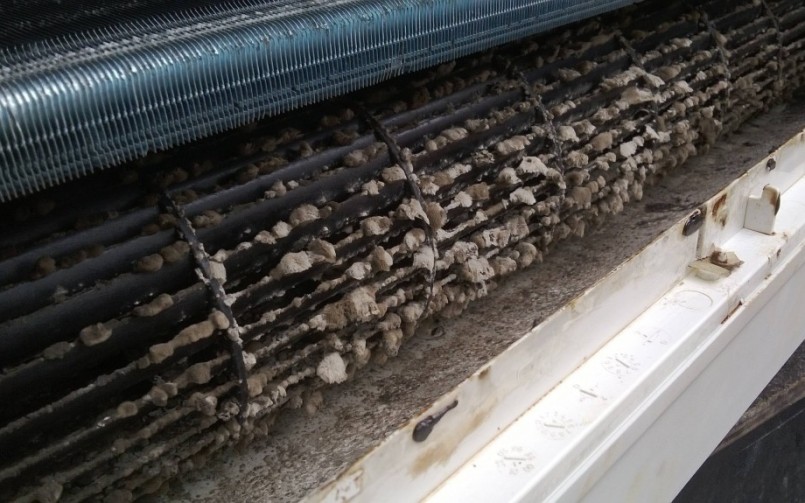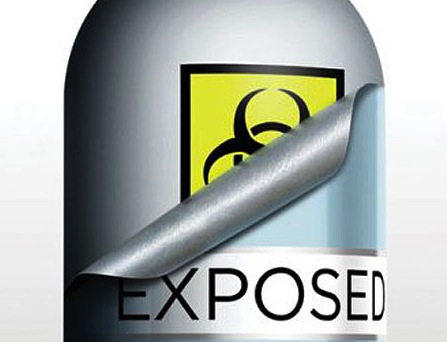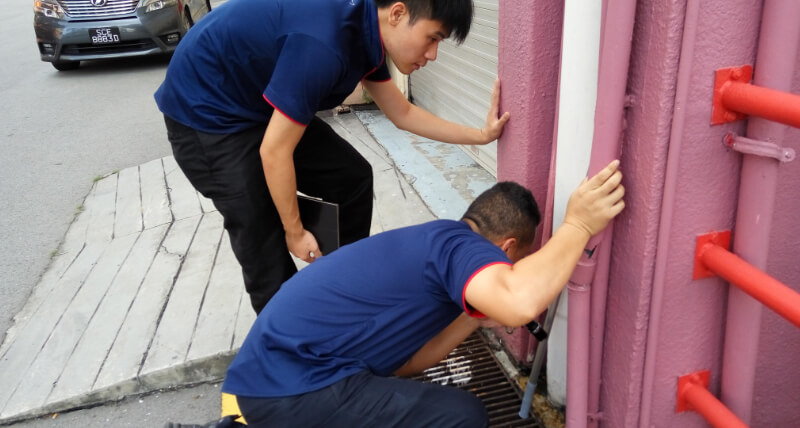
Smelly Air from Air-Con Unit?
December 16, 2014
The Classic Spots in Commercial Kitchen Pest Control
March 1, 2015In part II of looking at toxic household chemicals, we explore some of the less common ones. A number of these have been reduced greatly by regulation but sometimes still make their way past the authorities into our home. They could be used in very small proportions in certain cleaning solutions. With the adverse effects they could cause, why not avoid them altogether?
2-Butoxyethanol (2-BE, sometimes called butyl cellosolve)
Found in: degreasers, oven cleaners, rust removers, glass cleaners, laundry stain removers, carpet cleaners, automobile cleaners, windshield wiper
A skin and eye irritant also associated with blood disorders. Also could have repurcussions to reproductive health. In countries like Canada and US, they have banned this substance and reduced the concentration to 5-6% although there could be higher proportions in certain cleaners like stain removers & rust removers (up to 25%). Air & skin contact is notable mode to exposure. Avoid!
Nonylphenol ethoxylates (NPEs)
Found in: car wash products.liquid laundry detergents, stain removers, all-purpose cleaners, air fresheners, toilet bowl cleaners, degreasers
These degrade into nonylphenols (NPs). In lab experiments, NP has been shown to stimulate the growth of human breast cancer cells. Also, it has caused adverse reproductive effects in fish. Many countries have introduced to drastically reduce use of NPEs but they are not completely banned yet. Use have declined significantly globally but still be careful to make sure they do not enter your homes.
Quaternary Ammonium Compounds (Quats)
Found in: bathroom cleaning products, fabric softeners, and degreasers.
Irritants that can induce allergic reactions following contact with the skin. At times, they even cause asthma, notably with cleaning workers. There are growing concerns that widespread use could result in antibiotic resistant bacteria.
Sodium dichloroisocyanurate dihydrate
Found in: deodorizers, surface cleaners, disinfectants and toilet bowl cleaners
Very corrosive and can severely irritates the eyes, skin and respiratory system. Studies have found that high doses of this chemical will cause kidney damage.
Sodium lauryl sulfate (SLS) and sodium laureth sulfate (SLES)
Found in: liquid laundry detergents, dish soap, cleaning towelettes, and toilet bowl cleaners
SLS is a skin irritant and many authorities have considered it toxic to the environment. SLES is the “ethoxylated” form of this chemical, which is less harsh. However, the process of ethoxylation could leave traces of 1,4-dioxane, a possible human carcinogen that is persistent in the environment.




